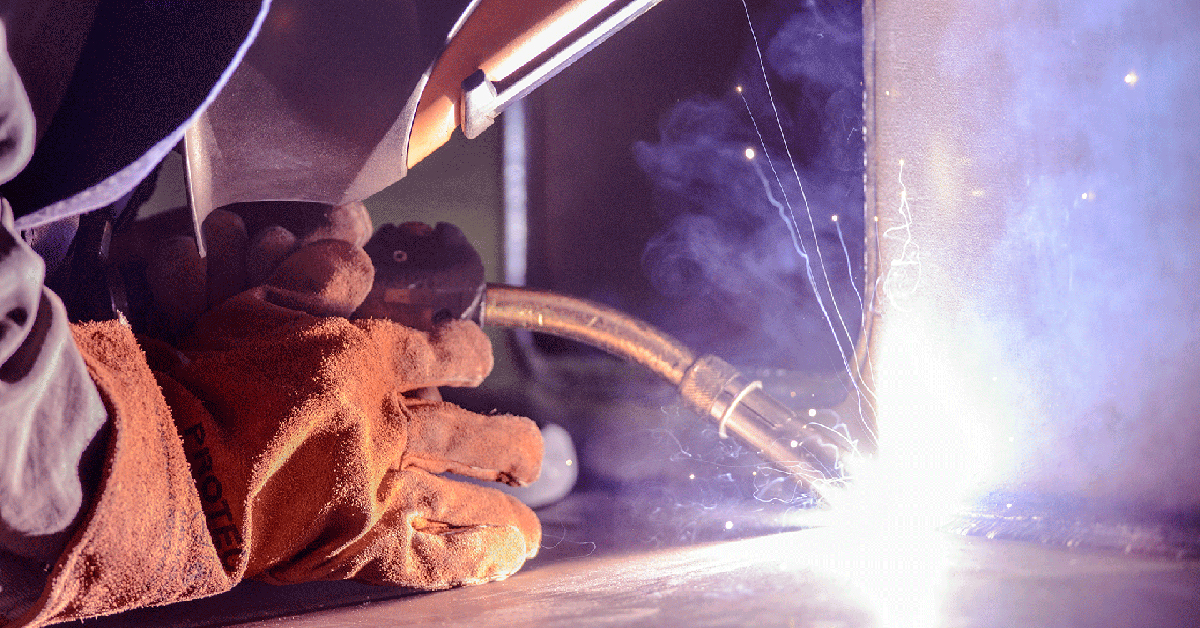Mastering the Art of Welding: Exactly How to Stay Clear Of Undercut Welding Issues for Flawless Manufacture Results
By comprehending the root triggers of undercut welding and carrying out efficient techniques to avoid it, welders can elevate their craft to new degrees of quality. In the quest of flawless construction outcomes, understanding the art of welding to prevent undercut problems is not just a skill but a necessity for those striving for excellence in their job.
Understanding Undercut Welding

To avoid undercut welding, welders should make certain appropriate welding parameters, such as adjusting the existing, voltage, traveling speed, and preserving the right electrode angle. In addition, utilizing the suitable welding technique for the certain joint setup is important. Using weaving motions or backstepping techniques can help make certain appropriate weld steel deposition and lower the possibility of undercut formation. Normal examination of welds during and after the welding process is likewise important to catch any type of undercut early and make required modifications to avoid more issues. Preventing weld undercut. By understanding the sources of undercut welding and applying preventative measures, welders can attain high-grade, structurally audio welds.
Root Causes Of Undercut in Welding
Understanding the factors that add to damage in welding is crucial for welders to produce top quality, structurally audio welds. Undercutting happens when the weld steel does not properly load the groove formed between the base metal and the formerly transferred weld steel. Numerous elements can cause damage in welding. One typical cause is too much heat input. Welding at high temperature levels for extended durations can lead to the base metal thawing greater than preferred, leading to undercut. Poor welding wrong or existing welding speed can also add to undercut. Inadequate current might not provide enough warm to thaw the base and filler steels sufficiently, while excessive rate can prevent correct fusion, triggering undercut. In addition, improper electrode angles or incorrect lantern adjustment methods can produce areas of low weld steel deposition, advertising undercut. Comprehending these reasons and implementing correct welding strategies can help protect against undercutting problems, making certain strong and long lasting welds.
Strategies to avoid Undercutting

To alleviate the risk of damaging in welding, welders can utilize critical welding techniques targeted at improving the quality and stability of the weld joints. One efficient technique is to readjust the welding parameters, such as voltage, current, and take a trip rate, to ensure correct heat input and deposition. Preserving an appropriate electrode angle and making certain regular travel speed can also assist protect against undercut. In addition, using the appropriate welding technique for the certain joint arrangement, such as weave or stringer beads, can contribute to minimizing undercutting. Preventing weld undercut.
In addition, appropriate joint preparation, consisting of making sure tidy base products devoid of contaminants and making use of the proper welding consumables, is essential in protecting against undercut issues. Employing back-step welding techniques and managing the weld bead account can additionally help disperse heat equally and decrease the danger of undercut. Regular inspection of the weld joint during and after welding, in addition to carrying out top quality guarantee measures, can help in spotting and attending to undercutting problems quickly. By implementing these strategies diligently, welders can achieve flawless fabrication results with minimal undercut problems.
Value of Appropriate Welding Specifications
Choosing and preserving suitable welding specifications is crucial for accomplishing effective welds with minimal issues. Welding specifications refer to variables such as voltage, present, travel rate, electrode angle, and securing gas circulation rate that directly impact the welding process. These criteria should be thoroughly changed based upon the kind of material being welded, its density, and the welding technique used.
Proper welding criteria ensure the correct amount of heat is put on thaw the base metals and filler product uniformly. If the specifications are set also high, it can result in extreme warm input, creating burn-through, distortion, or spatter. On the other hand, if the parameters are as well low, insufficient combination, lack of penetration, or undercutting may happen.
Quality Guarantee in Welding Operations

Final Thought
Finally, grasping the art of welding requires a complete understanding of undercut welding, its causes, and techniques to stop it. By ensuring proper welding criteria and applying high quality assurance find out here now techniques, remarkable manufacture outcomes can be accomplished. It is vital for welders to continually make every effort for quality in their welding procedures to stay clear of undercut concerns and create high-grade welds.
Undercut welding, a typical issue in welding processes, happens when the weld steel does not properly fill the groove and leaves a groove or clinical depression along the welded joint.To prevent undercut welding, welders need to ensure appropriate welding specifications, such as readjusting the existing, voltage, traveling speed, and preserving the correct electrode angle. Inadequate welding inaccurate or existing welding speed can likewise contribute to damage.To reduce the threat of undercutting in welding, welders can use calculated welding techniques aimed at enhancing the top quality and integrity of the weld joints.In conclusion, understanding the art of welding calls for an extensive understanding of undercut welding, its causes, and methods to prevent it.